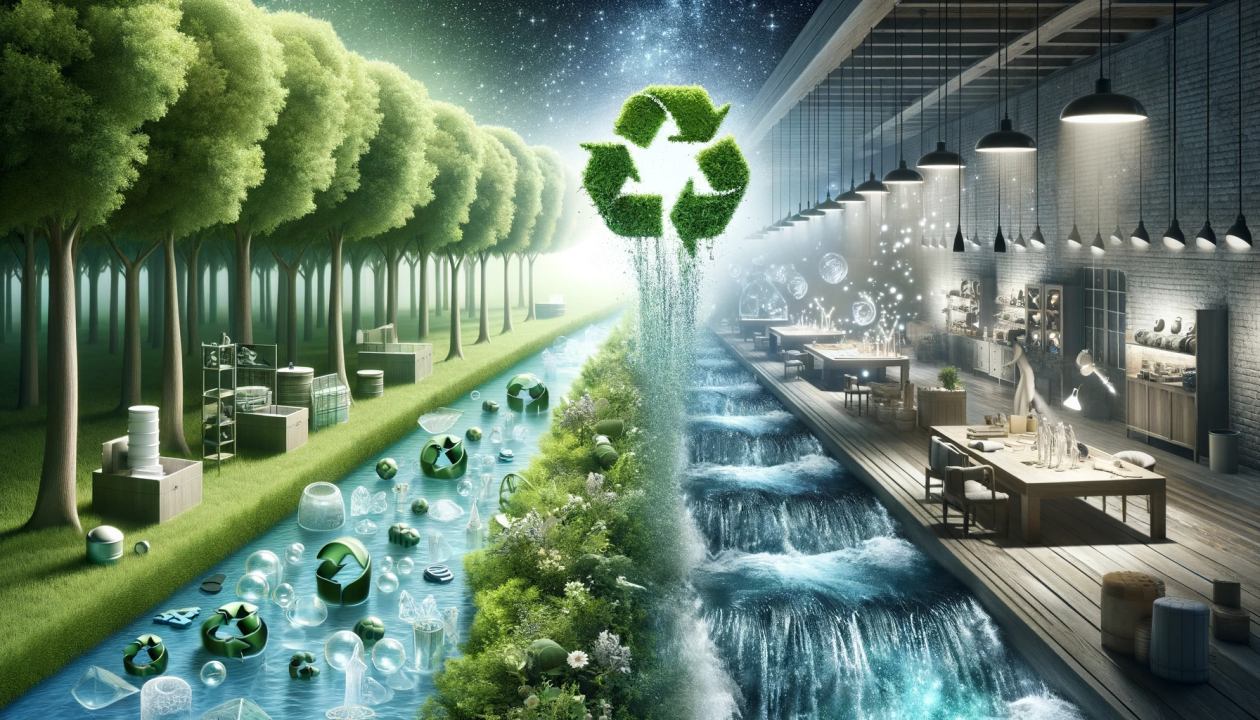The Little Gem That Could: Lab-Grown Diamonds are Transforming the Luxury Rulebook
Discover the revolution in the diamond industry as lab-grown gems promise to deliver a more ethical and sustainable future - combining luxury, technology, and conscientious consumption.

“Diamonds are a girl's best friend" sang Marilyn Monroe in 1953, fast-forward 70 years and they still occupy the top spot when it comes to conveying luxury and celebrating love.
Natural diamonds have exceptional hardness and can cut, grind, or drill virtually any material making them invaluable not just for decoration but in a myriad of industrial applications too. Being the paragon of materials comes at a cost. They are expensive and can be challenging to source ethically and until not so long ago, could only be dug out of the ground.
A year after Marilyn’s timeless classic, in 1954 Dr. Tracy Hall successfully created the first-ever synthetic diamond. Working for General Electric at the time, Hall’s goal was to create a more accessible, ethical, and controlled source of diamonds for industrial applications.

These were widely used in manufacturing, drilling, and other industrial activities long before they made their way into the jewelry market. Their material properties are prized to this day for being able to do everything from shape the toughest of materials, to power the lasers that underpin so much of the modern communication equipment. But how does this relate to jewelry?
The Shake-Up
When lab-grown diamonds first showed up in jewelry stores, they were the underdog. But they had a secret weapon—ethics. No longer were diamonds just a girl's best friend; they were now friendlier to the planet. There are many parallels to when the first quartz watches came on the market, but that's a tangent for another time.

Skeptics doubted their appeal but time waits for no one. Young buyers grew up enter the workforce, earned their first pay checks. Next they wanted to settle down and get married, nothing screams forever like a diamond. Eager for responsible choices and armed with more information than ever, thanks to the internet, they started to research their options.
- Quality? Check.
- Ethical? Double check.
Sure, the energy demands of a reactor generating plasma to grow Diamonds is high. We could just find what occurred naturally in the Earth's core and just harness that...
“Do you want to tell me this is a good thing?” Alexander Weindling asks, rhetorically. “I don’t need science to tell that [lab-grown diamonds] is less bad than that. My eyes tell me that’s a lot worst for our planet. We don’t need to dig these huge holes in the earth any more that are visible from space. We used to hunt whales. We don’t do that any more do we?” Weindling is the cofounder of Clean Origin, a start-up diamond retailer that prioritises online sales catering to Millenials and Gen-Z.
The underdog (lab-grown diamonds) started to win hearts and wallets. How much did the DiCaprio factor have to do with it, the 2006 blockbuster "Blood Diamond" certainly opened the eyes of many to ethical concerns around sourcing natural diamonds.
The Wake-Up Call for Luxury
Lab-grown diamonds are becoming much more favored by ethically focused younger demographics. Clean Origin and start-ups like it are forcing legacy brands to rethink their sourcing and marketing. Old tactics aren’t cutting it anymore.
So what's next? Lab-grown diamonds are rapidly catching up in "performance" and cost to their natural counterparts (more on this topic to come) but time will tell whether the allure of the human factor, "our" hands finding a huge rock in the ground will be truly disrupted by technology.
New materials and technologies are appearing all the time. What will be next: lab-grown leather, sustainable silks, recycled metals. The bold change in the world tends to creep up on you and then smacks you in the face.
Have you thought about where your gems come from?
More articles like this

A look into the future: BEV or FCEV—What AI has to say
AI-driven insights reveal why LFP batteries paired with graphene-coated silicon anodes are set to dominate EVs. This report outlines the breakthrough in energy density, Europe’s lag in adoption, and what automakers must do now to stay competitive in the global electric vehicle race.
Odin Platform Update – New Features & Improvements
We’re thrilled to introduce a range of new features and improvements on the Odin platform, designed to make your research and innovation process even more seamless. From chatting with up to 1,000 patents at once, to clickable patent links, complete patent references, and enhanced control over patent chats—this update is packed with powerful tools. Plus, our new Tracking Workflows feature helps you stay on top of critical changes in your patent sets effortlessly. Read the full post to explore how these updates can supercharge your work!

The Complex Challenge of Material Sourcing in Luxury Goods
The luxury goods sector, known for its stringent quality standards and opulent appeal, faces a daunting challenge in aligning with environmental sustainability, particularly in meeting Scope 2 and 3 emissions criteria. These scopes, part of the Greenhouse Gas (GHG) Protocol, extend beyond direct emissions (Scope 1) to include indirect emissions from purchased energy (Scope 2) and all other indirect emissions across a company's value chain (Scope 3).
Reach out to us!
Start a conversation. We are happy to help.
.svg)


